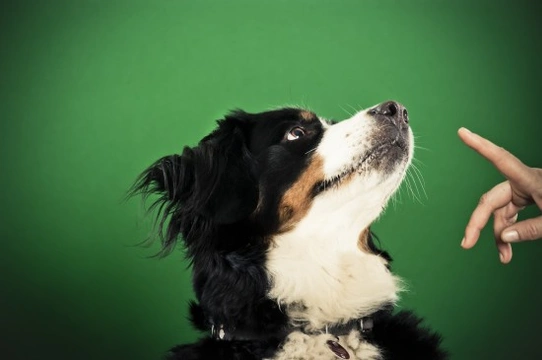
Understanding the 3 Popular Dog Training Methods
When it comes to training your dog, there are three methods that many people use with one in particular being very popular. Dogs are lovely characters to have around but they do need to be well behaved or life can become quite difficult for owners and their pets. The great thing about doing the training yourself is you get to form a strong bond with them. The quality time you spend interacting with your pooch during training sessions is something very precious - even though at times it can be a little time consuming and challenging. However, it's extremely important and very worthwhile.
When it comes to choosing which training method to use, many people prefer positive reinforcement techniques because they believe it is a kinder method all round rewarding a dog for being good, learning new commands and tricks encourages them to continue to do so, although some trainers will argue it does not teach a dog when they have done anything wrong.
Positive Reinforcement Explained
Positive reinforcement training is a technique where dogs don't get reprimanded. They are however, rewarded for their actions whether with a treat or praise from the people training them. Any unwanted behaviour is ignored with some dog trainers using clickers paired to this technique when teaching a dog to do anything. However, some people believe positive reinforcement although a very kind method, does not actually teach dogs when they do anything wrong.
One example of this would be if a dog jumps up excitedly but their owners turn away from them straight away or the owner may stroke or pat their dog. A dog might interpret the action of turning away as being a type of game and if they are petted, this is definitely perceived as a reward for their behaviour. In short, the dog is being encouraged in their bad behaviour.
The best way forward when using positive reinforcement training methods is to set very clear rules down first and to offer dogs as much guidance as possible. The importance of having a strong communication with a dog during training cannot be stressed enough. This means owners/trainers need to interact positively with dogs and it has to involve lots of physical and mental exercise, as much stimulation as possible but all the while with the "rules" very much in mind.
Traditional Dominance Training Techniques
Traditional dominance training was often used by the armed forces to train dogs used in the military and became very popular around the time of World War II. Typically, anyone training a dog would assume they were going to be badly behaved due to the fact the animal wanted to be "top dog" over their trainer/handler. However, it is now believed this method of training actually places dogs in "conflict" situations and therefore they are more likely to get it wrong and make mistakes.
A traditional method of correcting a dog from pulling on the lead is to yank it because this action encourages the dog to come to heel. Sometimes a shock collar is used in order to teach a dog to remain within "limits". However, this particular way of training works well if only one person is handling a dog. In short, training a family pet with this method often results in only the one person in the household being able to control them.
For a while now this training method has come under a lot of scrunity because many people believe the result is a dog's behaviour is suppressed which in turn means they are more subdued without being able to develop their "true" personalities.
One of the most traditional methods of dominance training was developed by two people, namely William Koehler and Diane Baumann, called the Koehler method. It encourages both physical stimulus such as pulling on a lead to get a dog to focus and it encourages punishment for when dogs get it wrong. A little reinforcement is used by praising a dog should they get it right but the method concentrates more on "punishment" as a way to decrease the chances of dogs making the same mistake again.
Scientific Training Techniques
Science-based training methods involve more interation therefore there's a greater level of communication between owner/trainer and dog. Positive techniques are used which achieves more effective and faster results. Science-based training techniques are kinder, more humane with dogs being rewarded when they are good and if they are not, rewards are taken away. This negative reinforcement is a way to control and eliminate unwanted behaviour.
The method uses negative reinforcement as well as positive reinforcement so a dog learns the difference. If they get it right, they receive a reward – if they get it wrong, they don't. It involves much more interaction with dogs, which can be described as "working with them" rather than commanding them. This particular method of training dogs is very much favoured by animal behaviourists and vets alike. Dogs are never punished for getting it wrong as in dominance training, they are just not rewarded so they learn to recognise the difference.
Conclusion
Training a dog is an essential part of their education and if done well, it will result in a much happier character. Controlling unwanted behaviour can be hard if a dog has not been taught the rules in the first place, so the earlier a dog is taught them the better. Some dogs are easier to train than others but in the main all dogs love to please and if they are well cared for and loved, a strong bond forms between owner and their pet which is reinforced during what becomes fun interactive training sessions!



